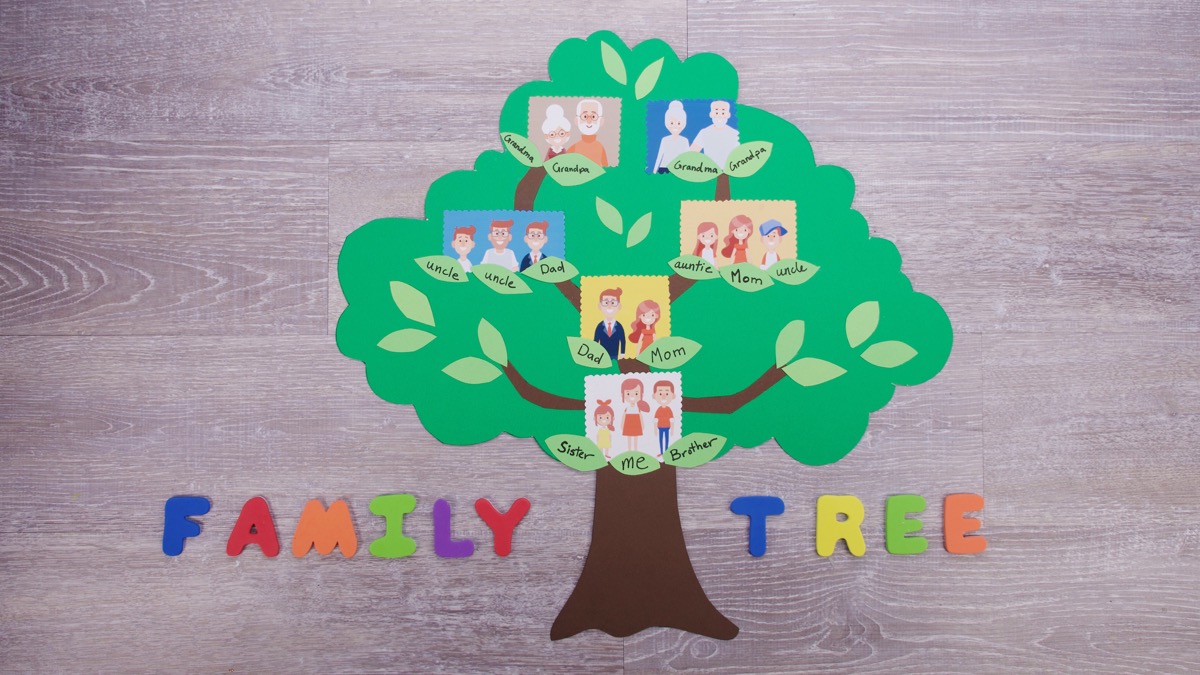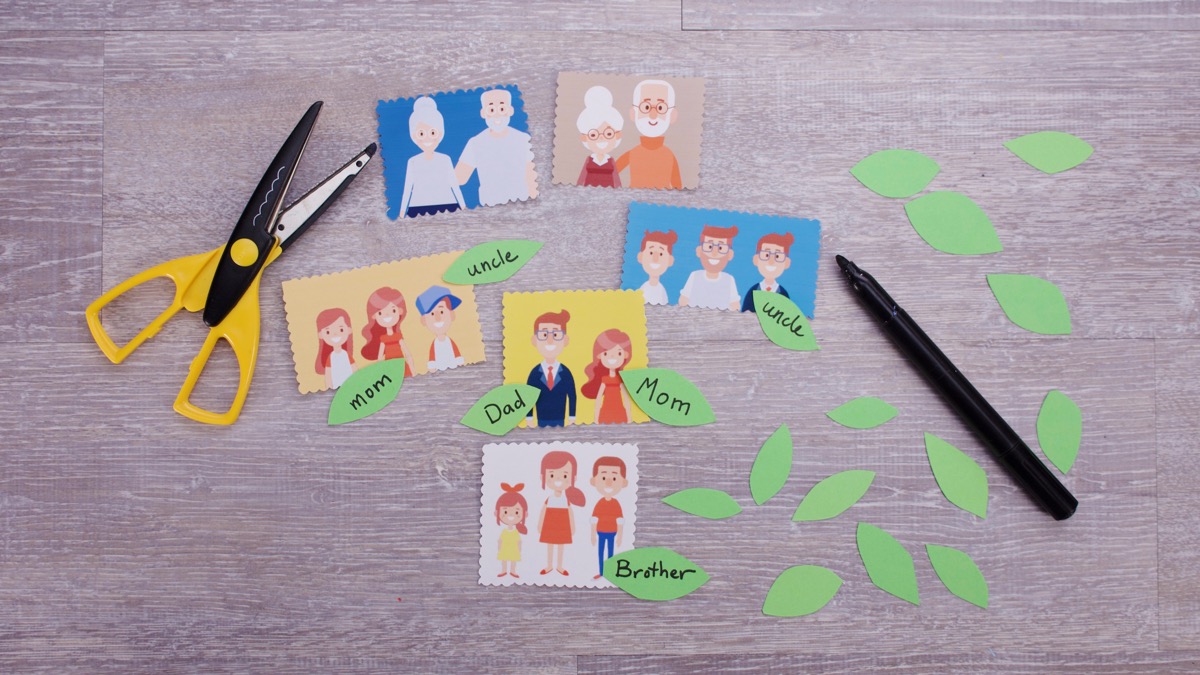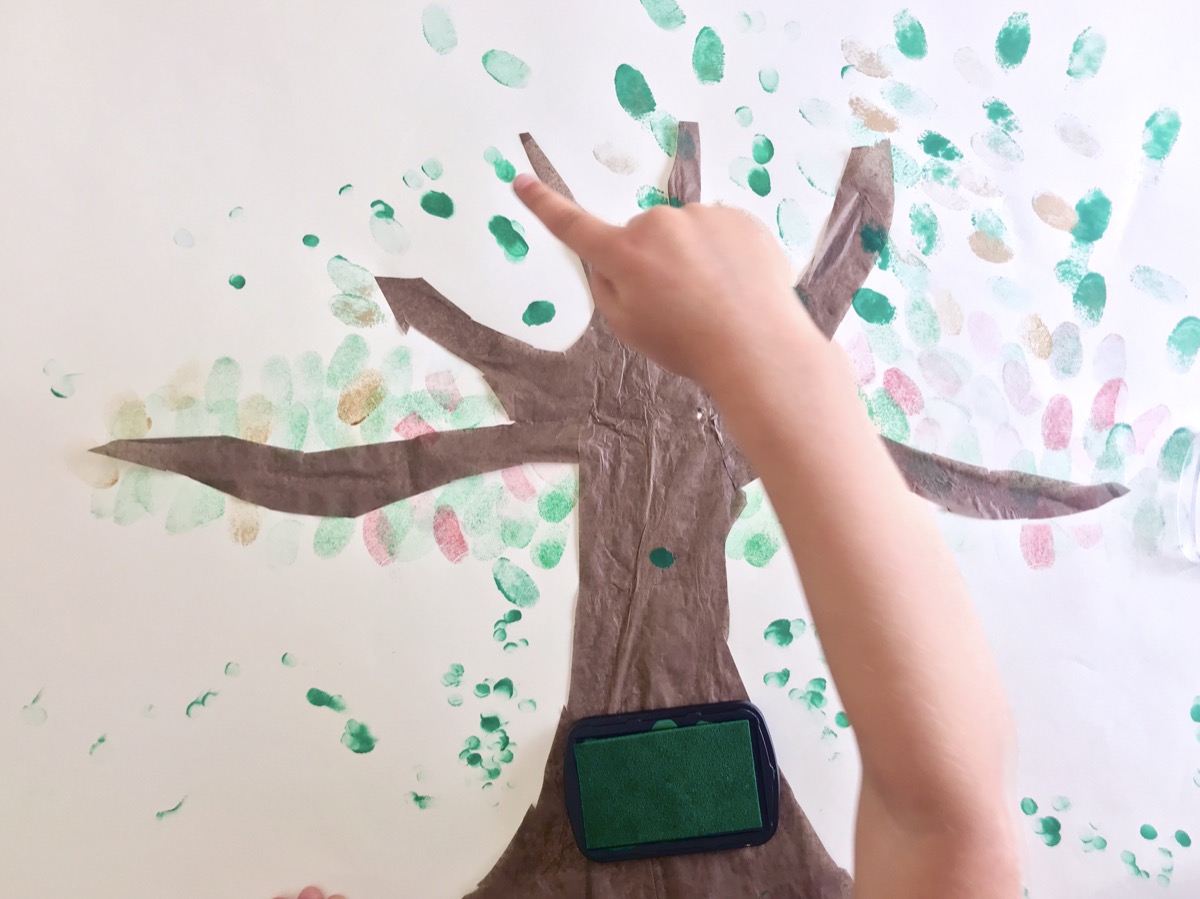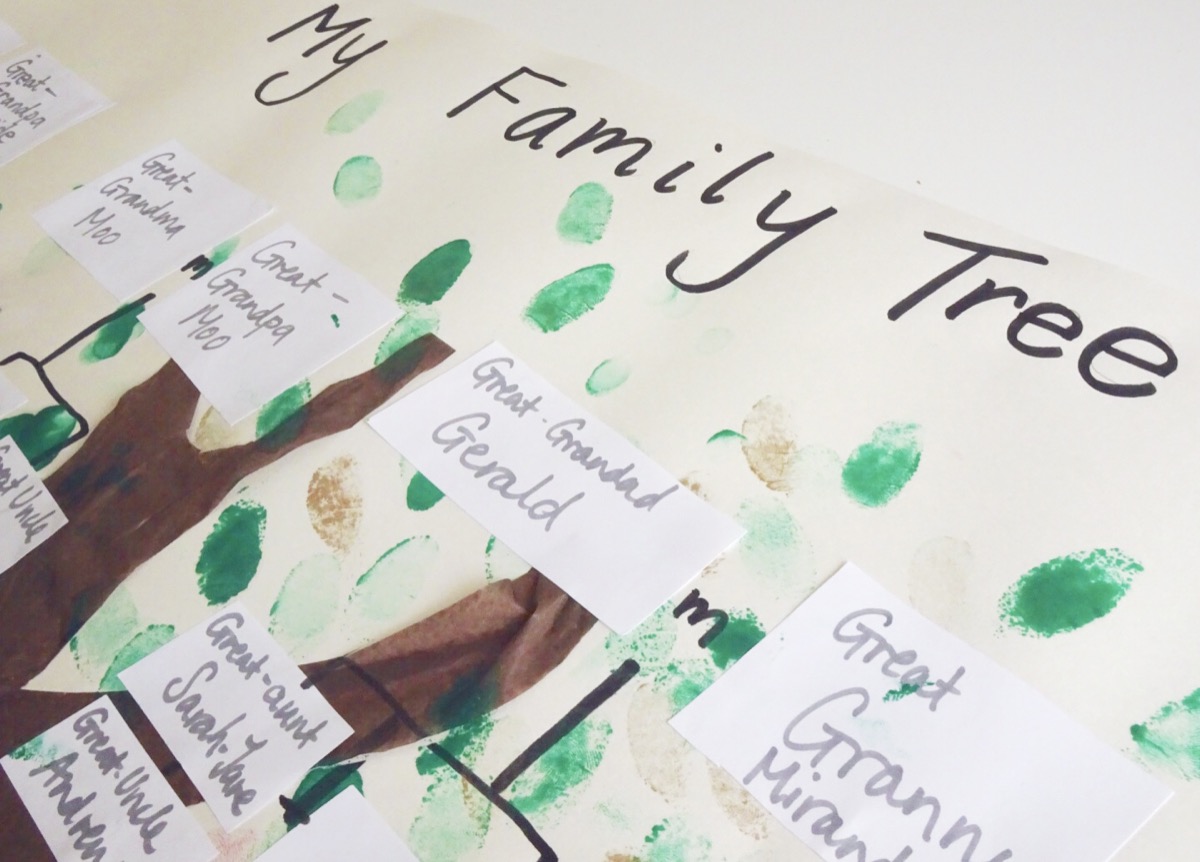How to Draw a Family Tree Remarriage
The Family Tree – Tips & Reasons to Make Your Own!

Family. Ancestry. Genealogy. Descendants. Generations. Relationships. These are all words that one will come across when tracing back their relations to create a family tree. A family tree is a diagram (that can look a little like a tree), that shows all of a families relatives through several generations from the present, backwards. This study of information is your genealogy.
The sad fact of life is that all too often our interest in our heritage only surfaces the older we become. When those in our family who can tell us, are either long gone or are fading with age and whose memories are slipping. How many of us can honestly hold our hands up now and say they wished they had sat down with their older relatives and bombarded them with questions about life when they were young, about their own grandparents. This post is here to encourage you to take action now and explore your ancestry but doing so with your children.
Why is making a family tree with your children important?
In 2010 Emory University undertook a study asking children questions about their families' history. They found that, 'family stories provide a sense of identity through time, and help children understand who they are in the world.'
It creates connection:
- Children often can't see past themselves and the little world that revolves around their day to day lives. This is natural. By creating a family tree it can help them see where they fit in the world, where they come from and their roots. They will learn about people they may not have realised existed.
- They may learn they have similar personalities and characteristics with some of their relatives (something that as parents we probably will have seen already).
- They learn who they are, where they have come from and their connection to the world. Have their relatives immigrated from somewhere else in the world? Where? Show them, pull the map out. Is this the reason some of us call our grandparents different names than our friends?
- It makes history interesting. Many of us may have had to endure history lessons that held no excitement for us at the time. Given by (with deepest respect) but if we are honest, dusty historians that perhaps shouldn't be teaching anymore. Children need connection and subjects like history to be hands on. Getting out of the classroom and seeing with their own eyes the history they are learning. Family trees do just this. It will involve them asking questions, talking to relatives, asking about things in their childhood. Don't just stop at the basics, get them delving deeper.
- Conversations with their relatives give way to family bonding and not just for your children. It's about bringing family and blood together.
Things they will learn:
- About how to do research – being a detective! Get out a microscope and Sherlock Holmes hat and get into character!
- If they ask the right questions they may learn about major points of history, through the eyes of some of their relatives.
- Basic biology and genetics – who looked the same when they were a child. Who has the same hair colour and eyes? If there is genetic illness in the family one could broach this if your children are of an older age.
- Lessons learnt – not all of our family trees may be happy ones. If yours is one of those, try not to shy away from these parts. Instead use them as tools to teach why they are lessons to do better.
- Some of us may have some relatives that did some really cool stuff in their lives. Enjoy exploring these things. Do your relatives have any memorabilia or such that would help in researching and learning about those achievements? Your children may be excited if they discover they have the same interests as some of their relatives or may suddenly be inspired by them and decide there and then what they want to do with their lives. Who knows!?

Some useful Family Tree language and symbol explanations:
Vertical lines ( I ): relationships between parents and their children
Horizontal lines ( – ): linking all the siblings to their parents
Equal sign (=): married
b. : born
d. : died
m. : married
[1] [2]: 1st/2nd marriages and so on
Related through blood:
sibling: your brother or sister
uncle: brother of mother or father
aunt: sister of mother or father
cousin: son/daughter of your aunt/ uncle
second cousin: son/daughter of either parents first cousins
nephew: son of your brother/sister
niece: daughter of your brother/sister
grandfather: father of your mother/father
grandmother: mother of your mother/father
great-grandfather: the father of your grandparents
great-grandmother: the mother of your grandparents
grandchildren: children's children
great-grandchildren: children of your children' children
great uncle: uncle of one of your parents
great aunt: aunt of one of your parents
Related through marriage:
father-in-law: father of your spouse
mother-in-law: mother of your spouse
half sister/brother: child from a remarriage of one of your parents
step sister/brother: child from previous marriage of step parent
step daughter: child of spouse from previous marriage
One generation is:
all your siblings and cousins (which should be vaguely on the same line). This is one generation. The next would be all your parents and aunts, uncles and so forth.
The addition of 'great-' is:
a way of describing a generation further back then your own grandparents. Every further generation you add one great. So if you are talking about three generations before your own grandparents you would say, 'great-great-great'.
Making Your Own Family Tree!
The main thing is not to complicate it. Keep the craft side of it simple, the importance is the topic.

We made a small family tree up to the children's Great-Grandparents. On a large sheet of paper we made a tree out of brown tissue paper. Then with green ink our immediate family members, Mummy, Daddy and children made the leaves with their fingerprints. We talked about family relationships and words like, 'siblings' and 'aunts and uncles' and who theirs were. We began to write out those names on small pieces of white paper and placing them where they should be on the tree – starting with the children's names at the bottom of the tree trunk.
Once you are satisfied there is enough space and everything is laid out you can start sticking them down and then drawing the appropriate linking up lines.

In planning this activity we had contacted our family to see if they could send pictures of themselves in their childhood and teenage years. This way when we talked about those people and those they never met, we could show them pictures when they were young and at various ages. This was a really fun addition to the activity as it added another visual aid, but also created moments of reminiscent stories and conversations between our own adult siblings about long lost images and what they meant to us.
Another aspect of our conversations touched on immigration, language and culture. Why some of their grandparents names sound different, for example, 'Taita and Jidou' (Lebanese equivalents) to their other side of grandparents and why the other side of grandparents have descriptive words after like, 'Great-grandma Moo' or 'Great-grandma seaside'. All of these questions and answers all slowly build a picture for them over time and slowly they will begin to form an image of what their family looks like and where their roots reach to and come from.
So get together and start this extremely rewarding family detective project. It is one that will just keep giving and one you all will cherish forever.

Don't forget to follow us on Twitter, Instagram, Pinterest, and Facebook!
Original content © 2019 Super Simple. Not to be reprinted without express written permission. Terms of Service.
Source: https://supersimple.com/article/the-family-tree-tips-reasons-to-make-your-own/